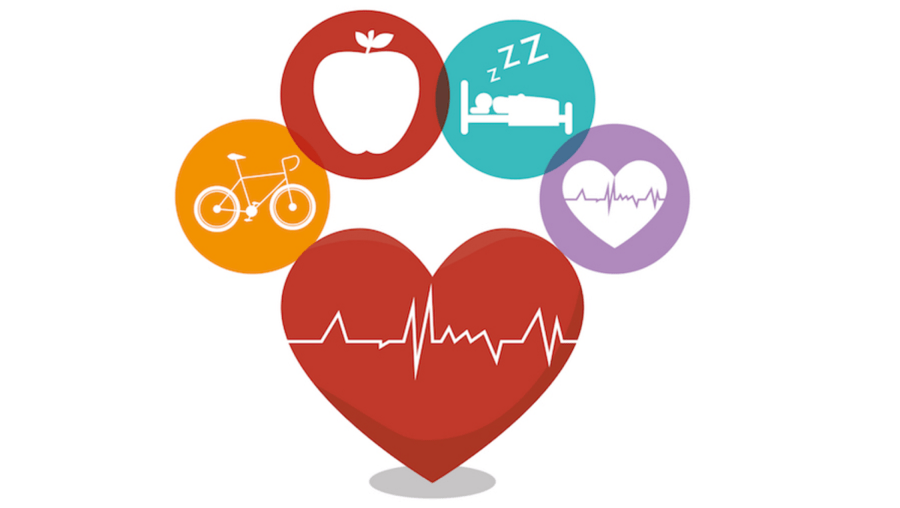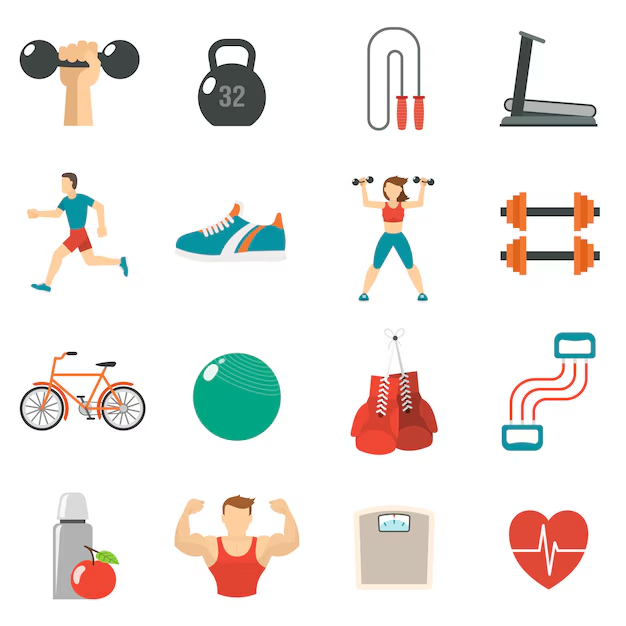Unlocking Human Potential: A Transformative Approach to Habit Formation Through Cue Utilization
Human behavior is largely governed by habits, deeply ingrained patterns shaping daily routines and life trajectories. The formation and modification of habits, particularly the influence of environmental and internal cues, are pivotal for personal and professional success. This analysis explores the neurobiological mechanisms underlying habit formation and provides a practical framework for leveraging cue-based strategies to facilitate positive behavioral change. Central to this discussion are key concepts: the Stimulus-Response (S-R) model, a fundamental learning theory positing a direct link between stimuli and responses; Hebbian learning, which describes synaptic plasticity and the strengthening of neural pathways through repeated co-activation; applied behavior analysis (ABA), a systematic approach to behavior modification; classical and operant conditioning, fundamental learning principles; ecological momentary assessment (EMA), a method for capturing real-time behavioral data; and motivational interviewing, a client-centered approach to fostering behavioral change.
The Neurobiological Foundation of Habit Formation: Neural Pathway Plasticity and Hebbian Learning
Habit formation is inextricably linked to the brain's remarkable capacity for neuroplasticity—the ability of neural networks to reorganize themselves by forming new neural connections throughout life. Repeated performance of an action in response to a specific cue strengthens the associated neural pathways, rendering the behavior increasingly automatic and efficient. This neurological efficiency is crucial for adaptive functioning, streamlining cognitive processing and conserving energy. This process is elegantly described by Hebb's Law ("neurons that fire together, wire together"), highlighting the strengthening of synaptic connections through repeated co-activation of neurons. This understanding enables a conscious, targeted approach to rewiring maladaptive habits by strategically strengthening pathways associated with desired behaviors.
The Role of Habit Cues in Behavioral Activation: Antecedents and the S-R Model
Habit cues, also known as triggers, are environmental or internal stimuli that initiate specific behaviors. External cues encompass various factors such as people, places, times, or objects, while internal cues include emotional states (e.g., stress, boredom), cognitive processes (e.g., thoughts), and physiological sensations (e.g., hunger, fatigue). These cues function as powerful antecedents, triggering pre-established behavioral responses through well-defined neural pathways, aligning with the S-R model's principle of stimulus-response associations. Identifying and strategically manipulating these cues is paramount for effective behavior modification.
Strategic Cue Utilization for Positive Change: A Practical Framework Rooted in ABA
Effective strategies for leveraging habit cues to promote positive change involve the conscious design of one's environment and internal emotional state to support desired behaviors. This multi-faceted approach encompasses the following key steps, underpinned by principles of ABA:
- Comprehensive Cue Identification and Analysis: Mindful self-monitoring techniques, such as journaling and EMA, are critical for identifying cues triggering both positive and negative habits. EMA, in particular, provides valuable real-time data on behavioral patterns and contextual factors.
- Routine Integration and Consistency: Incorporating desired behaviors into established daily routines ensures consistent pairing of cues and actions, facilitating efficient habit formation through consistent reinforcement. This creates a predictable and supportive context for the targeted behavior.
- Habit Stacking: Leveraging Existing Behaviors: Linking a new habit to an already established one utilizes the existing habit's cue as a trigger for the new behavior. This capitalizes on the strength of the existing habit to facilitate the acquisition of the new one, employing the principle of behavior chaining.
- Strategic Visual Cue Enhancement: Stimulus Control: The strategic placement of visual cues (e.g., sticky notes, photos, digital reminders) serves as consistent prompts for desired behaviors, enhancing response salience. This leverages stimulus control within the framework of operant conditioning, where environmental cues influence behavior probability.
- Positive Emotional Conditioning: Classical Conditioning: Associating positive emotions with desired behaviors through visualization and reward-focused strategies reinforces the cue-action link. This utilizes classical conditioning by pairing a neutral stimulus (the cue) with a positive unconditioned stimulus (reward), leading to a conditioned response (the desired behavior).
Empirical Examples: Real-World Applications of Cue-Based Strategies
Consider a dedicated athlete's morning routine: the auditory cue of an alarm clock (external stimulus) consistently triggers the behavior of preparing for a workout. Conversely, an internal cue such as stress (internal state) may trigger a maladaptive habit, such as emotional eating. These examples highlight the diverse nature of cues and their influence on behavior, underscoring the importance of both identifying and manipulating these cues within an ABA framework for effective behavior modification.
The Holistic Impact of Positive Habits: Synergistic Effects on Well-being
The benefits of positive habits extend far beyond specific domains, exhibiting synergistic effects on overall well-being. For instance, improved sleep hygiene enhances energy levels, mood, and cognitive function, positively influencing productivity, interpersonal relationships, and overall health. This holistic perspective emphasizes the cumulative impact of positive changes in contributing to a more fulfilling and balanced life.
Conclusion and Recommendations: A Path Towards Sustainable Behavioral Change
Conscious manipulation of habit cues offers a powerful mechanism for effective behavior regulation and personal transformation. This approach necessitates mindful self-awareness, strategic planning, and sustained effort. While establishing lasting behavioral change requires dedication, the rewards – a more fulfilling, productive, and joyful life – justify the investment. Future research should explore several promising avenues: personalized interventions accounting for individual differences in personality and cognitive styles; the development of technology-driven interventions (wearable sensors, mobile apps) to provide real-time feedback and support; and the integration of motivational interviewing techniques to enhance intrinsic motivation and treatment adherence. Longitudinal studies tracking behavioral changes over extended periods and exploring factors influencing both success and relapse are crucial for refining existing strategies and developing more effective, long-term interventions, particularly for individuals facing specific challenges, such as mental health conditions or substance use disorders. A refined methodology focusing on predictive modeling of cue-behavior relationships, using machine learning techniques with large datasets, could personalize interventions and predict relapse risk with greater accuracy. This could lead to more effective and efficient approaches to habit modification.
Reader Pool: Considering the presented framework, how might the integration of mindfulness-based interventions enhance the effectiveness and long-term sustainability of habit formation interventions?





No comments yet. Be the first to share your thoughts!